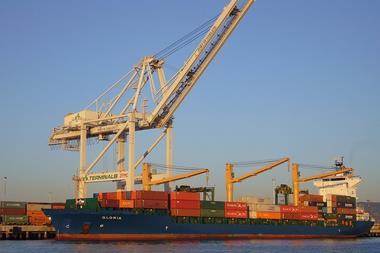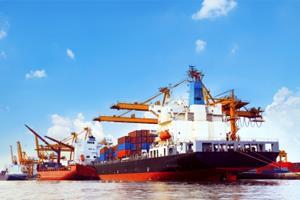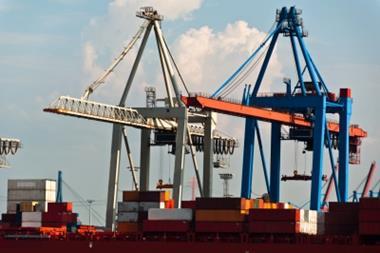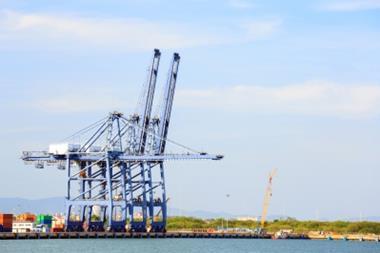Marine insurance markets remains buoyant, but there is some confusion about exactly why things are so good
Like many other industrial sectors, marine insurance remains a buoyant market characterised by soft conditions according to Willis.
“Thankfully, there is still a stream of new capital entering the insurance markets,” says Willis Marine managing director Neil Macnaughtan. “This is indeed good news for insurance buyers as new capacity brings more competitive pricing to the classic forms of marine insurance products.
“Fresh capacity will also increase pressure on incumbent insurers to innovate to survive. In fact, it is hard to see anything other than a very positive outlook for insurance buyers in the traditional shipping sector.”
All of which is great news for buyers. But there is some confusion about exactly why things are so good. The way soft conditions have persisted over recent years has surprised many insiders, especially the way that the market has failed to react as predicted in the aftermath of the wrecking of the Costa Concordia, an incident that has revealed the remarkable resilience of marine, and perhaps has lessons, and warnings, for the future.
On 13 January 2012 at about 9:45pm, in overcast weather but calm seas, the Italian-built cruise liner hit rocks about 100km northwest of Rome and tore a 50m gash in her side. At least 30 people died as the ship listed and sank. In addition to the cost of insuring the hull, and protection and indemnity insurance, subsequent salvage efforts cost $799m (€588m).
“Costa Concordia is a subject very much in the public eye and has great ramifications for the whole industry,” says Marsh managing director Charles Gibb.
“The thing that has confused the market is that, post the loss, everyone was expecting the market to harden: it was the largest insured maritime loss to date. And for only about a month or six weeks there was a concerted effort by some underwriters to push up prices on the hull side, which utterly fell flat on its face. So, they went back to doing what they did before.”
The reason for this resilience may be down to changes in the structure of the market. “The key point is that, despite its being the biggest insurance loss to date, it wasn’t classed as a market loss,” says Gibb.
“Twenty years ago everyone would have had a share of the loss, but that’s changed. Despite having $550m-odd of value, probably only one in four of the underwriters in London had a share in this on the property side, even if a few more did on the liabilities. So the market hasn’t hardened because there is such a lot of capacity. Whereas in the past we had very deep cycles of peaks and troughs, with rates going up and down – sometimes quite violently.”
In the early 1990s there was a huge adjustment after years of 40–50% premium reductions. “Now the market is seen as a fairly safe haven for investors’ money,” says Gibb. “It’s short tail, there aren’t these great swings up and down, and even though the underwriting market as a whole seems quite focused on talking about doom and gloom, I bet none of them say to their bosses ‘it’s really bad’ and ‘can we pull out?’
“There’s a wide variety of results coming from these underwriters’ books – they tend to talk about hull-only, but in reality that is subsidised by total loss interest and other risks, which makes the result look that much better.”
Another market change is that conditions are not as influenced by the (re)insurance renewals in January as they used to be. “One of the ways underwriters have coped with a harder (re)insurance market is to take bigger retentions to soften the blow of higher premiums,” says Gibb. “With bigger retentions the insurance writer is less dependent on the (re)insurance market.
“When bank rates are very low, inevitably investors will look elsewhere and the market has benefited from that influx. I don’t think that will change any time soon.”
While the Costa Concordia may not have had the effect on the market that many predicted, it has certainly influenced discussions and a growing awareness of the potentially huge cost of liabilities. This is reinforced by the huge costs of cleaning up after the MV Rena was grounded off the coast of New Zealand in 2011.
“What has shocked the market is the huge costs of clearing the wreck,” says Gibb. “What will really test underwriters’ resolve is if one of the really big boats were to sink, for example, one of the 18,000 teu Triple-E boats that Maersk are just having delivered. The engineering challenges of wreck removal on that scale will multiply exponentially.”
While a hull policy is an agreed-value policy between the underwriter and the owner – the liability side is almost open ended. “No one expected anything like these limits to be tested in this way,” said Gibb.
“The International Group renewal is going to be very interesting this year – there’s talk about higher retentions and possibly limiting removal of wrecks to a billion.
“There is a precedence for this – it has limited pollution to a billion before, so it’s possible it could bring in a limit.
“If so, people will have to start buying top-ups, and that will have to be built into the market.”




















No comments yet